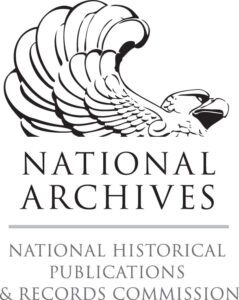This post was created with grant support from the National Historical Publications and Records Commission.

[1] Confidential Coal Statements from the United States Geological Survey to President Warren G. Harding (July-September, 1923), MSS 345, box 577, folders 1-5, Warren G. Harding papers, Ohio History Connection, Columbus, Ohio.
[2] National Weather Service, “Climate – NOWData – NOAA Online Weather Data”, accessed February 8, 2023, https://www.weather.gov/wrh/climate?wfo=box.
[3] Telegraph from the Lowell Chamber of Commerce to John Jacob Rogers, Massachusetts Representative (24 February, 1923), MSS 345, box 576, folder 3, Warren G. Harding papers, Ohio History Connection, Columbus, Ohio.
[4] Letter from Edward J. Cooney to John Jacob Rogers, Massachusetts Representative (28 February, 1923), MSS 345, box 576, folder 3, Warren G. Harding papers, Ohio History Connection, Columbus, Ohio.
[5] Letter from President Warren G. Harding to John Jacob Rogers, Massachusetts Representative (28 February, 1923), MSS 345, box 576, folder 3, Warren G. Harding papers, Ohio History Connection, Columbus, Ohio.
[6] Letter from President Warren G. Harding to John H. Jones, President of the Bertha Coal Company, Pittsburg (20 February 1923), MSS 345, box 576, folder 2, Warren G. Harding papers, Ohio History Connection, Columbus, Ohio.
[7] Letter from President Warren G. Harding to James Curley, Mayor of Boston, Massachusetts (20 February, 1923), MSS 345, box 576, folder 3, Warren G. Harding papers, Ohio History Connection, Columbus, Ohio.
[8] Letter from President Warren G. Harding to Allen T. Treadway, Massachusetts Representative (28 February, 1923), MSS 345, box 576, folder 2, Warren G. Harding papers, Ohio History Connection, Columbus, Ohio.